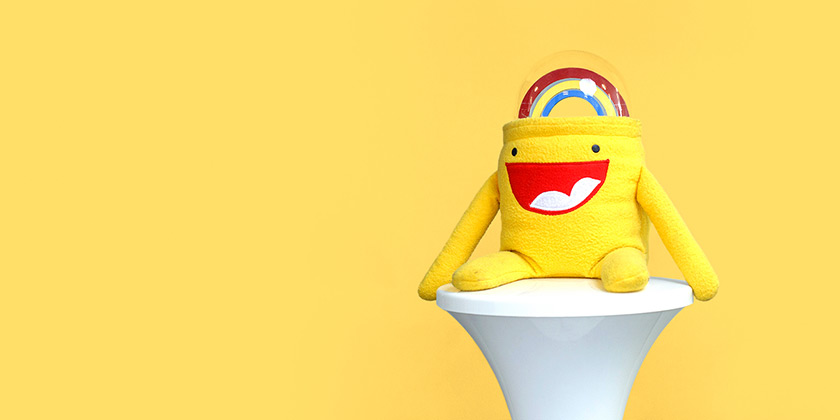Hey, Will. Let's get straight to it. Who do you need in a Design Sprint?
Hi! What we would say right from the get-go is that it should be a cross-functional team. The first person you will need is a Product Owner (or the Decision Maker) and that’s the person with whom the buck stops. They are the person who makes the final call in order to progress.
From the client-side, you’ll want one or two people who have a direct interest or are affected by the problem that you are looking to solve within the Sprint.
We would typically run a Problem Framing session before a Design Sprint, and during this we can establish who exactly we should include in the Sprint. We look to understand who is high interest, high power and who is high interest, low power, as typically these are the people with the expertise needed to solve the problem.
Ideally, you should aim for seven people. That is the golden number for a Design Sprint. You mustn't forget someone from engineering to cover tech requirements to sanity check the more practical choices involved in the project. You’ll also benefit from having a Product Designer or UX Producer involved. It’s essential to have one or two client-side representatives; roles such as a Product Manager or a Marketing Lead – people who are connecting with clients on a regular basis.
So you've assembled your team and by the second or third hour, the client is suggesting they pull in Karen from Finance or Jim from the Field Team. How do you go about reassuring a team that less is more and that the team you already have in place is enough to get through the Sprint?
I’d encourage prefacing the Sprint with Problem Framing so that you can go through the specific exercise of choosing the right people. You do have to be really cut throat and make sure you stick to a number.
Post-Sprint, you can enter Solution Framing, and that’s the time to think about bringing in a wider team. This is a real departure from the days of the ‘conveyor belt’ process. So when people say they haven’t got enough people in the sprint, don’t worry. You have got a lot of expertise, it’s just about knowing who to bring in and when. Trust in the knowledge you’ve got and these tried and tested exercises that will help bring the right people together.

In user testing we hear that five is 'the magic number'. Would you argue for or against that, and what would be your argument for each side?
It depends on the type of testing that you’re doing. With Design Sprints you are focusing on testing and validating the desirability of your solution. Ideally you should be considering five to seven people. This has been researched extensively by Jakob Nielsen and Donald Norman from NN Group. They state that you get the best results from no fewer than five, and that after five you’re going to see a lot of repetition. After five, it’s going to plateau.
In different types of testing, five is not always the best number. Fast-forward to a beta launch where you want to put the solution through its paces. You’d need between 50 and 300 people to really go to town on it to understand the impact of scale.
If you want to go up to seven, go to seven, but I would only suggest that if you’re in a Mexican standoff situation. This is why you test in odd numbers – because you want a majority. You don’t want to just be testing 2, 4, 6 or 8 because you’ll run the risk of a 'draw' situation. You’ve got no definitive answer whether or not it’s a desirable solution.

Finally, Will, what would be your advice for an agency or small team looking to start user testing sessions?
Start recruiting new users early. Don’t do it the week you’re trying to do your user testing because the last thing you want to be doing is running around trying to recruit. Again, Problem Framing will be able to help you identify who you need for testing. Collaborate with your client or the person you are trying to solve the problem for to understand if they can help with recruiting participants.
Typically, start booking users two to three weeks prior to testing or running a Design Sprint and make sure you have some as backup because you may have some no-shows on the day.
You can get a third party to recruit users for you, and there are some great companies out there that specialise in just this. They generally have a massive pool of people and they can do it remotely. But I would recommend working in conjunction with your client to source your users. That way, you can ensure the quality of each participant is exactly where you want it to be. There is a risk with third parties that you lose a bit of that and, when time is of the essence, having to re-recruit can be a problem.
When you’re recruiting your users it’s important to make them feel comfortable all the way through the process. It's key that they are in a comfortable, natural environment not only during the testing, but through the communication that you have with them. Even how you welcome them to the office or studio makes a difference. Again, this is all a huge part of the process and will affect the quality of your results.



